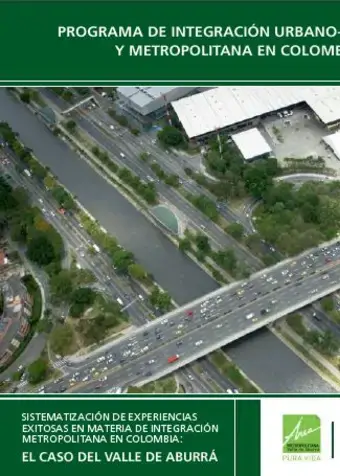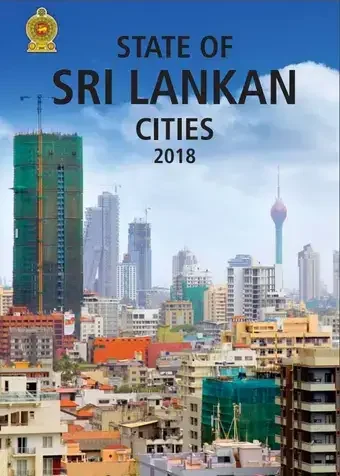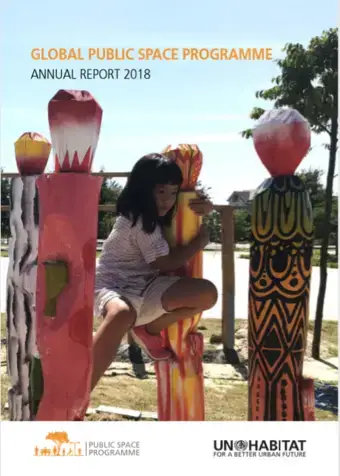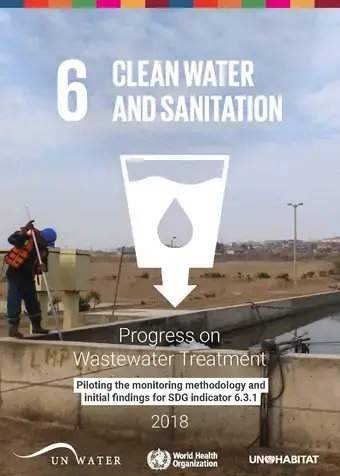CALL FOR PROPOSAL
The purpose of the Call for Expression of Interest is to solicit interest from national not for profit urban civil society organizations as Implementing Partners that wish to participate in UN-Habitat operation and contribute complementary resources (human resources, knowledge, funds, in-kind contributions, supplies and/or equipment) to achieving common objectives as outlined below and subsequently agreed in an Agreement of Cooperation
Title: “Support to Urban Land Interventions in Uganda”






 The annual rate of population growth in the last census period (2001-2010) has reached 7.6%, the country’s population is projected to reach 2.2 million by 2030.
The annual rate of population growth in the last census period (2001-2010) has reached 7.6%, the country’s population is projected to reach 2.2 million by 2030.